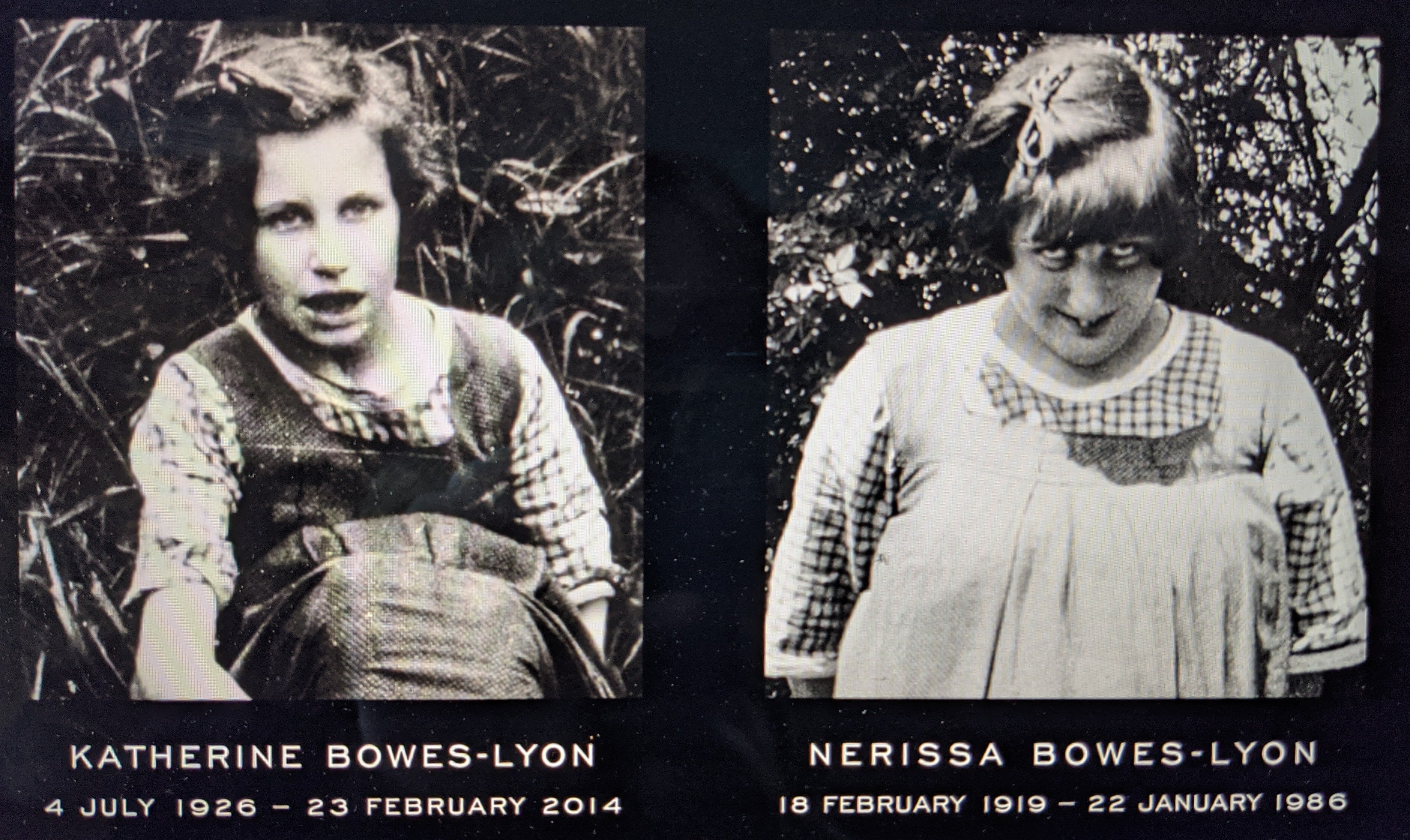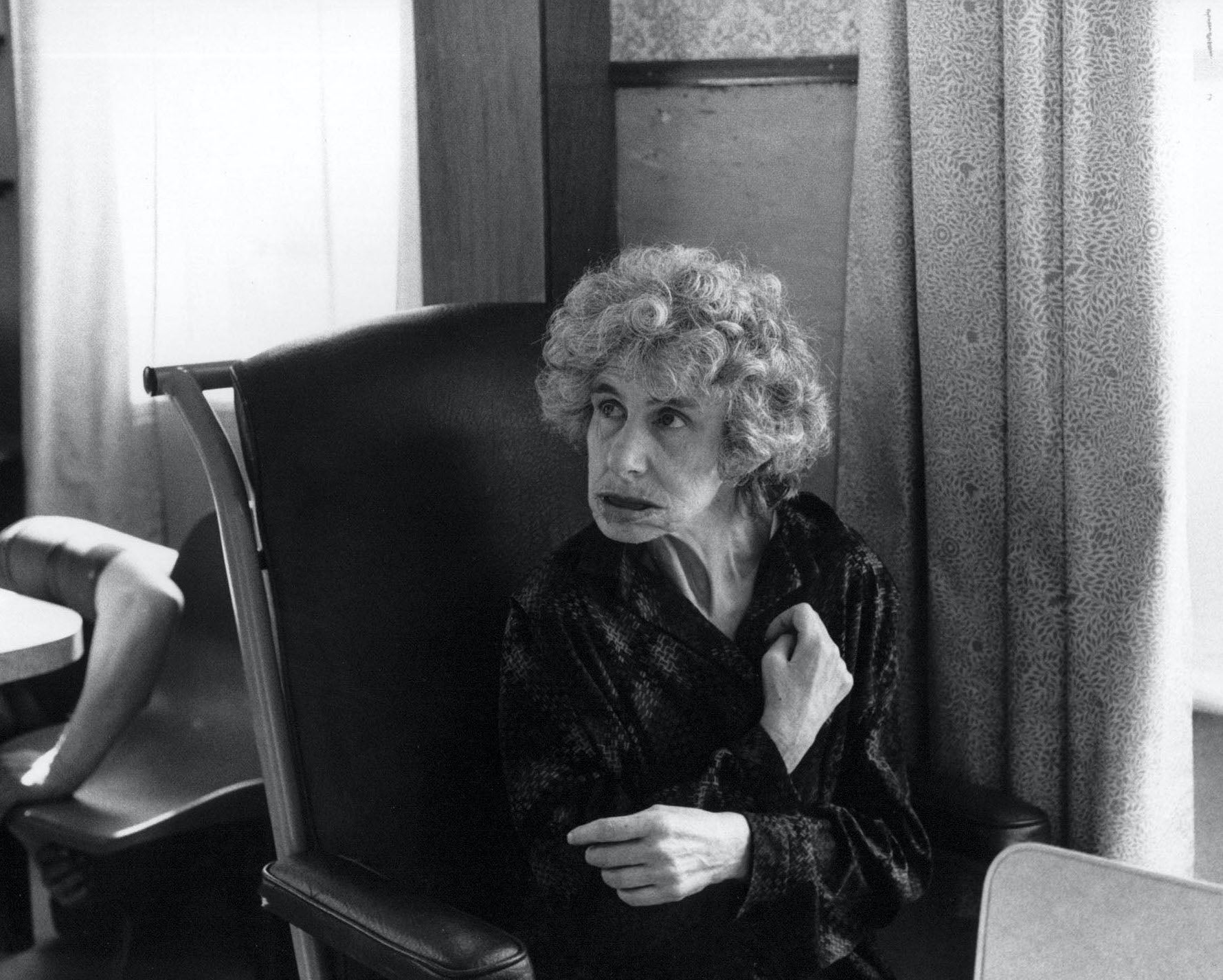Who were the Queen’s ‘hidden’ cousins Nerissa and Katherine Bowes-Lyon?
Netflix series ‘The Crown’ has been launched back in to the streamer’s Top 10 titles in many countries, in the wake of Queen Elizabeth II’s passing


Amid renewed interest inThe Crown following Queen Elizabeth II’s death last week, fans are wondering about the monarch’s “hidden” cousins in season four.
On Thursday (8 September), Buckingham Palace announced that Britain’s longest-serving ruler had died peacefully at Balmoral, aged 96.
Shortly after the queen’s death was announced,The Crown showrunners apparently decided that production on the show’s sixth and supposedly final season had been suspended as a “mark of respect” for Elizabeth II.
However, the previously released seasons of the hit Netflix series – which follows the life of Elizabeth II from prior to her coronation – are currently experiencing a surge in popularity in several regions, including the UK, Argentina and Ukraine.
In particular, the fourth season ofThe Crown gives fans of the royal family a detailed look at some of the most significant moments in their public and private lives.
The latest series begins as the 1970s are drawing to a close and takes viewers through to 1990, a period during which the royal family were involved in a number of major scandals, including the illicit relationship between Prince Charles and Camilla.
However, the breakdown of the Prince of Wales’ marriage was not the most shocking incident the family had to deal with, as in 1987, it was discovered that Queen Elizabeth II had two “hidden” cousins: Katherine and Nerissa Bowes-Lyon.
But, who were they and why were they kept apart from the royal family? Here is everything you need to know.
Who were Katherine and Nerissa Bowes-Lyon?
Katherine, born in 1926, and Nerissa, born in 1919, were the daughters of John Herbert Bowes-Lyon – the brother of the Queen Mother – and his wife, Fenella.
The ties to the royal family mean they were first cousins of Queen Elizabeth II.

The sisters were born with severe learning difficulties and, following the death of their father in 1930, they were admitted to a mental health institution, the Royal Earlswood Hospital in Redhill, London, in 1941.
Their cousins Idonea, Etheldreda and Rosemary – the daughters of Fenella’s sister, Harriet – also had a similar disability, and were admitted to the state-funded hospital on the same day.
Katherine and Nerissa had been listed in the 1963 edition of Burke's Peerage – a reference book to the nation’s aristocracy – as having died in 1940, when in fact they were both still alive.

The condition was thought to have been hereditary and descended from their common maternal grandfather, Charles Trefusis, 21st baron Clifton.
Nerissa died aged 66 in 1986 and was buried in a grave marked only with a name tag and serial number. Katherine stayed in the hospital until 1997, when it closed amid abuse claims, and then lived in another home in Surrey. She later died aged 87 in 2014.
How are they portrayed in The Crown?
Viewers are introduced to the sisters in episode seven of the fourth series.
The episode begins with images of the Queen arriving at the Royal Variety Performance being shown on a TV in a hospital, as Katherine and Nerissa stare at the screen, before standing for the national anthem.
The women, then in their sixties, proudly salute to the monarch, stopping only to take pills handed to them by a nurse.

Their connection to the royal family comes to light in the episode when Princess Margaret, played by Helena Bonham Carter, learns of the sisters’ existence from a therapist, who asks the royal if she is aware of any relations struggling with mental health issues.
Upon hearing of their struggles, Margaret is later shown confronting the Queen Mother about her knowledge of the sisters.
“Locked up and neglected. They’re your nieces — daughters of your favourite brother,” she says.
“It’s wicked and it’s cold-hearted and it’s cruel and it’s entirely in keeping with the ruthlessness which I myself have experienced in this family.”
Why were they kept away from the royal family?
While many members of the royal family knew about Katherine and Nerissa, the majority believed they had died, including Queen Elizabeth II. However, it later transpired that their deaths had been falsified. But, why?
At the time, there were fears that the sister’s condition could threaten the social standing of the royal family due the stigma surrounding learning difficulties.
In The Crown, the Queen Mother, played by Marion Bailey, tries to defend the decision to fake their deaths, telling Margaret that her brother’s children paid a “terrible price” as she went from being the wife of the Duke of York to Queen Elizabeth The Queen Mother.

“At the same time my family, the Bowes-Lyons, went from being minor Scottish aristocrats to having a direct bloodline to the crown, resulting in the children of my brother paying a terrible price,” she says.
“Their illness, their imbecility — their professionally diagnosed idiocy and imbecility — would make people question the integrity of the bloodline. Can you imagine the headlines if it were to get out?
“The idea that one family alone has the automatic birth right to the crown is already so hard to justify, the gene pool of that family better have 100 per cent purity. There have been enough examples on the Windsor side alone to worry people… if you add the Bowes-Lyon illnesses to that, the danger is it becomes untenable.”
When did the public learn about Katherine and Nerissa?
The sisters’ story came to light in 1987, shortly after Nerissa’s death, when journalists discovered she was buried in a grave marked only by a plastic name tag and serial number.
The hospital confirmed that Katherin and Nerissa were linked to the royal family following a report that appeared in The Sun.
At the time, Buckingham palace said the Queen was aware of the report but added: “We have no comment about it at all. It is a matter for the Bowes-Lyon family.”
Lady Elizabeth Anson, a niece of the two sisters, also issued a statement to the BBC on behalf of the Bowes-Lyon family saying that “there was no attempt at a cover-up” and that many family members had visited the sisters.
The story reared its head again in 2011 when a Channel 4 documentary, titled The Queen’s Hidden Cousins, was made about the five Bowes-Lyon girls. The program meant a new generation of people were outraged by the scandal, as the documentary suggested the cousins had been treated callously by the royal family.
After the documentary aired, a source close to Buckingham Palace branded the claims as “utter lies”.
“The Queen is very, very upset at the thought that this programme is being made which is just not true,” the source said. “Both Katherine and Nerissa were visited very regularly by their family but neither could speak, and throughout their lives had the thinking age of four years old.”
Did the royal family ever visit the sisters?
The Channel 4 documentary claimed that Katherine and Nerissa had very few companions, and there is no evidence to suggest any of the royals ever visited.
Speaking in the program, Dot Penfold, a former ward sister at the hospital where the sister’s stayed, spoke of her sadness that they were not visited for years.
“The impression I had was that they’d been forgotten,” she recalled.
The Independent has contacted Buckingham Palace for comment.
Join our commenting forum
Join thought-provoking conversations, follow other Independent readers and see their replies
Comments
Bookmark popover
Removed from bookmarks